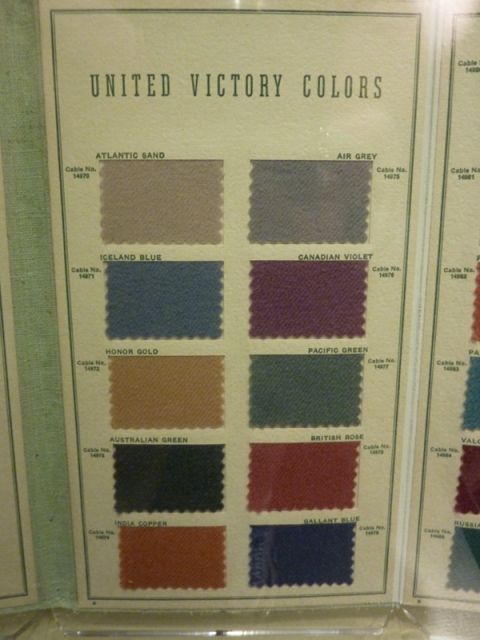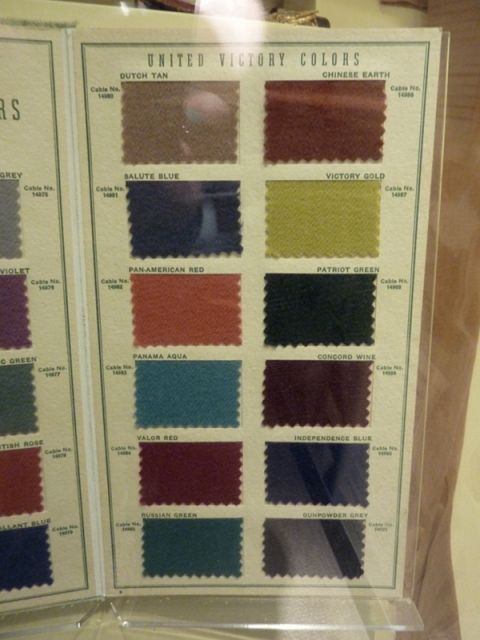I promised this last week, and I've finally gotten around to sorting through my pictures and paring them down to show you the ones that I like best. As such, and since the National Museum of American History is not an art museum, this post is less arty than others in the Artsy Fartsy series.
I have a feeling that this is the building that most people think of when they talk about "The Smithsonian" in general terms. It doesn't even begin to cover a fraction of everything that the Smithsonian holds, but is a good general overview of American history and culture in general.
If you're there at the right time, you can see (and maybe help with the unfolding/folding of) this giant replica of the Star Spangled Banner written about by Francis Scott Key. The entire building seems to stop for the singing of the national anthem. I have to admit, I'm not much of one for flag-waving, but it was a moving moment.
Some other truly American items on display are the hat that Lincoln wore the night he was shot,
Eisenhower's golf clubs (are those cozies just knitted, or both knitted and crocheted? I can't tell.),
and one of the first Teddy bears named for Teddy Roosevelt.
Something I found interesting was this display of swatches from the Textile Color Card Association of the United States, Inc. The Color Association does the same thing most people associate with Pantone these days, determining the "in" colors.
And keeping with the theme of textiles, this swift from the 1800s is made of ivory and bone, and doesn't appear to be much different from the wooden umbrella swifts of today. Why tamper with what works?
American History doesn't have to mean it's only about things you learn in history class. Pop culture can also have a historical relevance. I bet anyone could tell me whose shoes these are, after all, and the film they were used in was made 73 years ago.
And is there any American under the age of 45 who didn't grow up with this guy?
I think the biggest indicator of change and development in technology and culture in the last 140 years can be summed up in this picture. How much more is the object on the left capable of than the one on the right, and how many more people are aware of it than of its antique predecessor, yet how much more impact did the original model have on the world?
Now, I just have to decide which branch of the Smithsonian I want to visit next. Let me consult my iPhone...













No comments:
Post a Comment